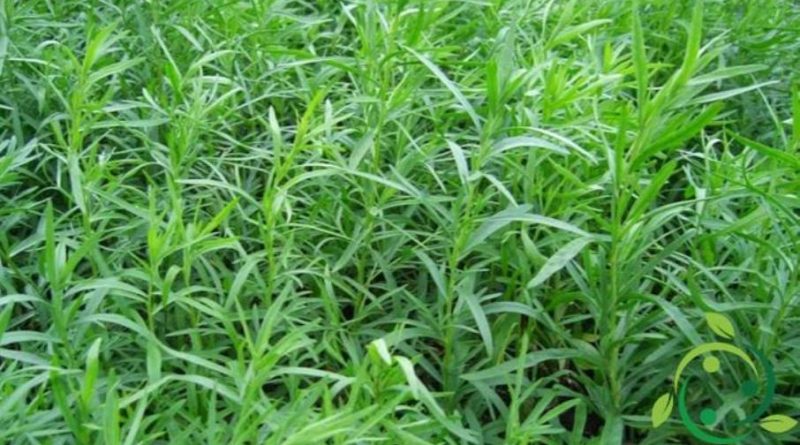How to grow the Tarragon
How to grow the Tarragon
The tarragon (Artemisia dracunculus, L.) is an aromatic plant cultivated in Italy, especially in Tuscany and the north. It blooms in the summer and forms small seeds, not always functional to reproduction, which is usually preferred by cuttings and the leaves are used as aromatic spice. We present in this sheet how to grow the Tarragon.
The ideal location for the tarragon bushes are sunny and windy areas. It prefers temperate climates and fears both intense ice creams (which inhibit bloom) and too much heat. It has fertile soils with good drainage but it also fits to less rich lands, the important thing is that it is not too compact.
Seed propagation can be carried out both in spring and autumn, but often the seeds are not fertile, so it is better to replicate the crop for rhizome or cuttings. How distances to keep in the garden leave 40/50 cm between each point because this aromatic herb has particularly branched roots to which space is to be left. Transplantation is to take place late spring, between April and May, it is necessary to work the ground deep enough for it to be successful.
Although the plant is perennial it is advisable to cultivate it for three or four years, then rotate it. Before winter, it is pruning, and if winter is cold it is better to cover the plant with a mulching of leaves or straw because it does not suffer too much frost.
There is no need to irrigate much, only in the presence of prolonged droughts, especially during flowering of the plant, which takes place between July and September.
There are not many phytosanitary problems of this very rustic and resistant aromatic herb; The sticky tarragon can be attacked by rust, a cryptogamic disease that is located on the leaves, while insects and parasites do not bother much.
The tarragon collects both leaves and inflorescences, which can be eaten as fresh as dried and can be harvested from spring to late summer. Obviously, you should not overdo it and always leave at least half of the leaves on the plant so as not to weaken the bush.
Drying of leaves can take place in a cool, dry place, preferably shaded. They are optimally preserved in a glass jar. The freshly eaten leaves are clearly much better and tasty than the dried tarragon.
This aromatic plant can also be grown for seeds, in this case the whole plant is generally picked when it comes to full bloom.

